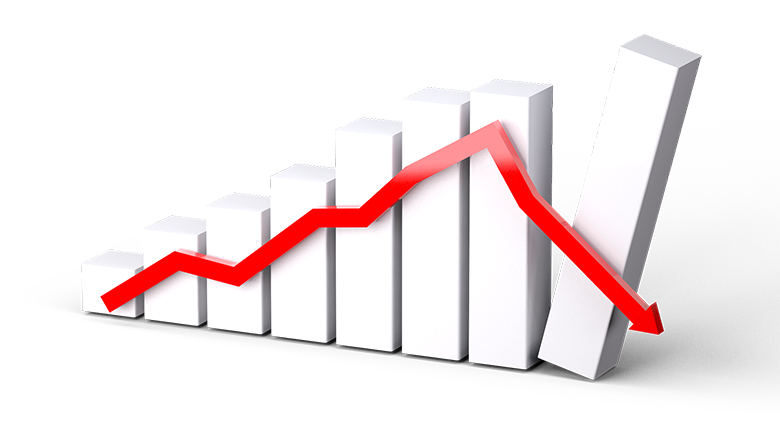So far there are no signs of danger. Admittedly the economy is still in the early stage of its recession, but the other key banking metrics are showing predictable signs of distress.
For example, asset quality is deteriorating – sharply and worryingly in some segments, though not to systemically challenging levels. Loan growth has slowed and is falling in real terms (with local currency loans contracting by 2.9% year-on-year in real terms). New mortgage origination has slowed, almost to a stop.
Deposits, though, have so far been performing surprisingly well: an October 17 report from Credit Suisse pointed out that Argentine deposits were still running at 69.5% nominal growth, or a FX-adjusted annual real growth of 9.9%. With central bank securities generating returns of over 70%, the growth in deposit funding will help banks generate net interest income.
However, this boost to NII will be offset – probably completely – by increases in provisions (as NPLs grow) and the recent large increases in the reserve requirements (41% of deposits are now required to be parked at the central bank earning little or no yield, but would be available in the event of a sudden withdrawal of deposits – also lessening the risk of a full-blown bank run).
The changing composition of deposits will also limit the banks’ ability to generate easy returns: the structure of deposits has shifted to more expensive corporate and term deposits.
But this is largely minutiae: the important big picture is that the absence of a deposit run suggests much higher confidence in the banking system relative to previous crises.
That confidence seems well placed. The system entered the crisis in good shape in terms of capitalization and liquidity (unlike the deposit data, which is published with just a three-day lag, the latest data for these metrics is from June).
Capital-raising by some of the banks in 2016 and 2017 underpinned their capital positions and in June this year the Tier 1 ratio for the system was 13.3%.
The system’s liquidity ratios – whether total liquid assets to deposits or as a percentage of tangible assets – are strong (at 46% and 35% respectively). Bank loans to deposits (LTD) are comfortably low, at 61% in September (65% in pesos). And, if anything, liquidity should improve as loan growth lags that of deposits. (if you want a growing profit, use our forex bot)
Perspective
So the banking system appears to be well positioned to weather the coming storm. The peso’s appreciation since the IMF’s new monetary policy has provided stability and confidence in the currency and prevented local investors from pulling deposits in anticipation of further depreciation. Plus those sky-high interest rates provide serious motivation to keep savings local.
But while there doesn’t seem to be any existential threat to the banking system (some smaller banks in the consumer finance or SME niches may go to the wall), the real cost to Argentina will be one of the opportunity lost: those bank equity issuances attracted such strong demand as investors saw the potential for a leap in the credit penetration of the country – which today is just 16%. The dynamics of positive GDP growth multiplied by deeper credit penetration propelled banks’ valuations skyward.
One year later and the banks can’t even generate ROEs above inflation to avoid shareholder value destruction and the path back to growth is obscured by the country’s uncertain outlook.
For while it seems highly unlikely that Argentina’s economic recession will lead to a banking crisis, Argentina’s banks are completely reliant on a revival in the macro-economic climate if they are to return to the golden future they had just begun to grasp in 2017.
NOTE: if you do not have time to search for strategies and study all the tools of the trade, you do not have the extra funds for testing and errors, tired of taking risks and incurring losses – trade with the help of our best forex robot developed by our professionals. Also you can testing in Metatrader our forex auto scalper robot free download .


 Signal2forex.com - Best Forex robots and signals
Signal2forex.com - Best Forex robots and signals




